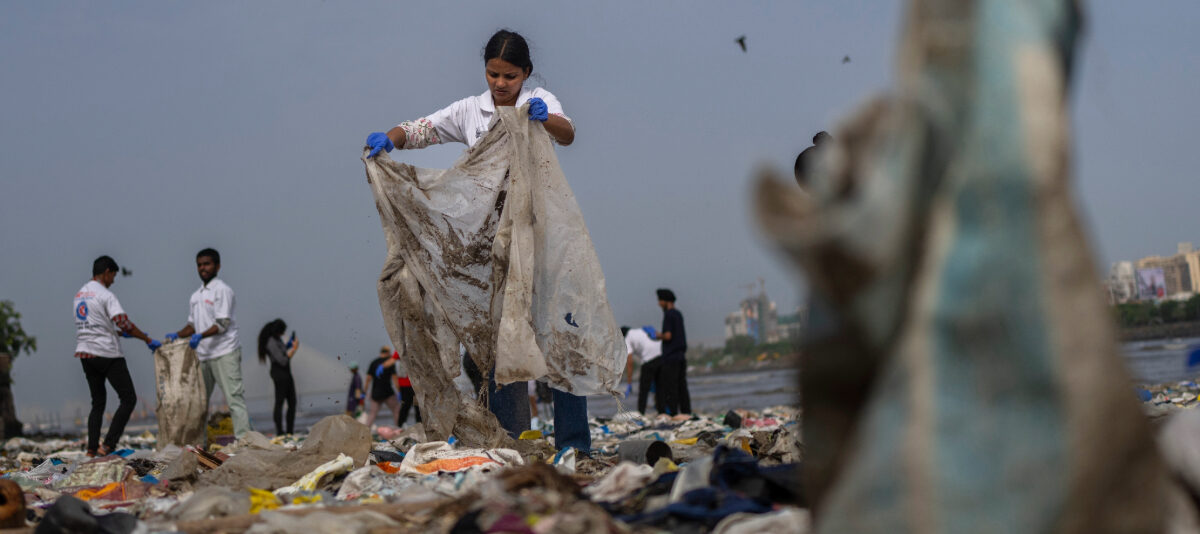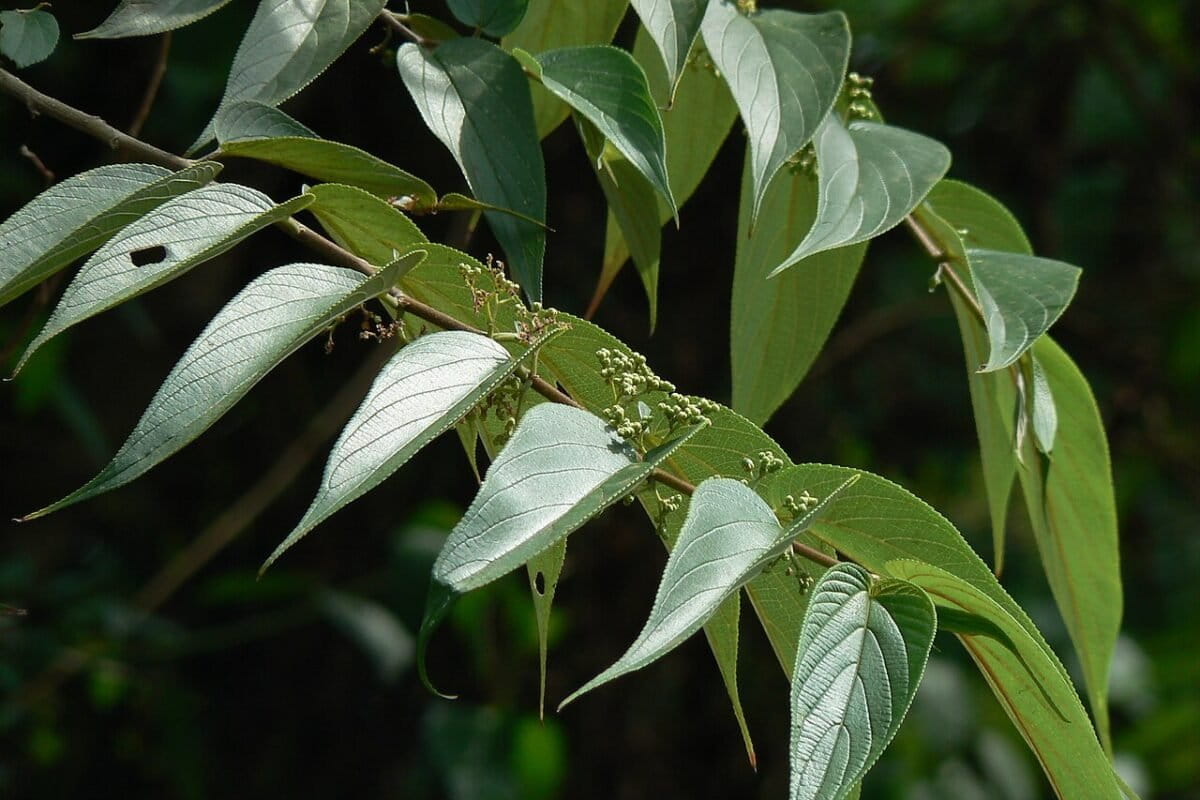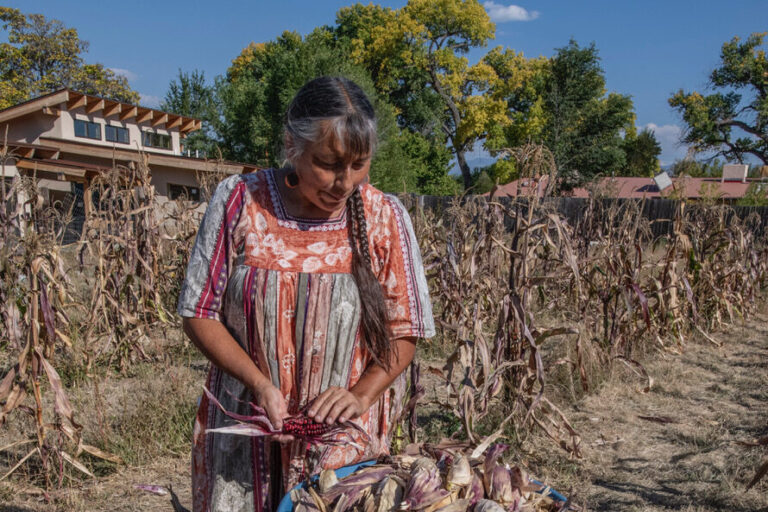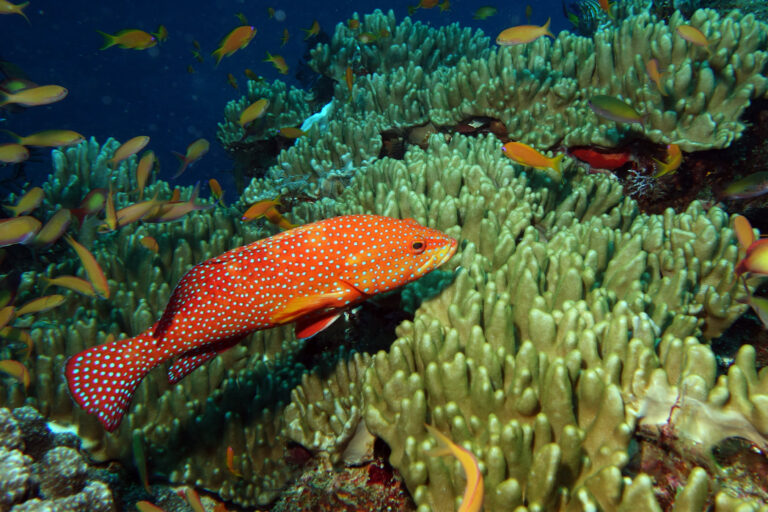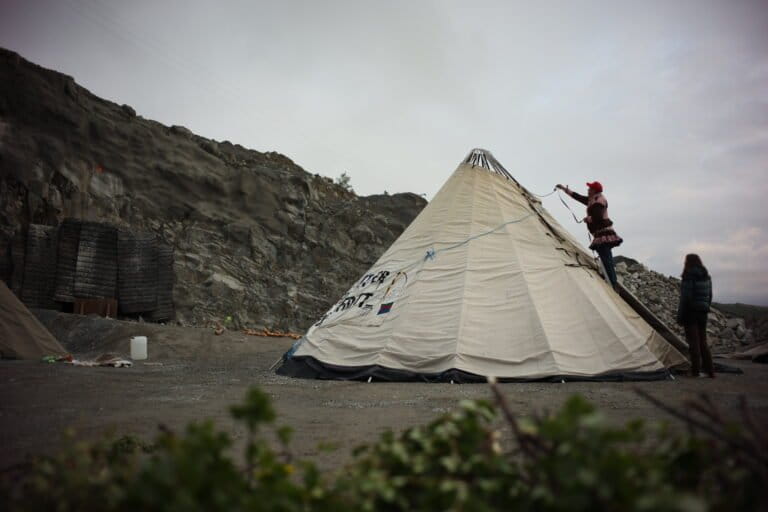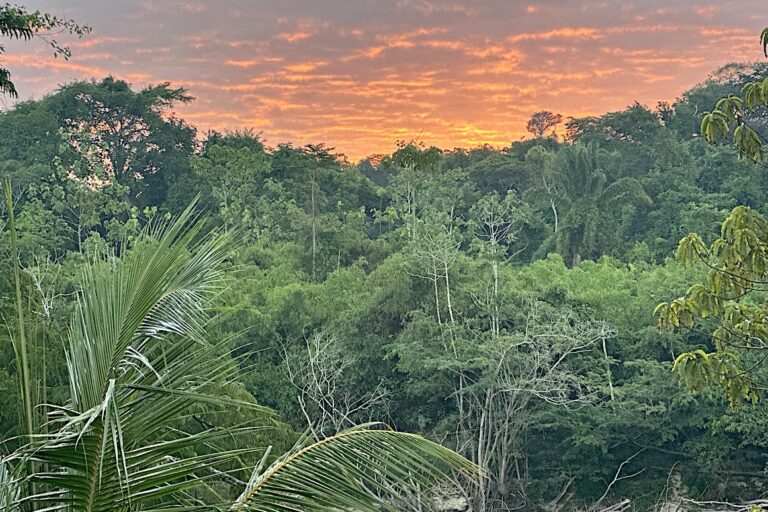- A transboundary canal carrying wastewater from upstream India has been impacting the agriculture and aquatic resources of a village in downstream Bangladesh for several decades.
- According to data, the parameters of some essential components of the water, like ‘dissolved oxygen’ and ‘biochemical oxygen demand,’ exceed the tolerable limits of local aquatic species.
- The Bangladeshi government has raised concerns regarding the water pollution with its Indian counterparts and is continuing discussions to solve the crisis as per the bilateral and multilateral agreements.
- The government is also planning to set-up a wastewater treatment plant in the affected area to keep the water quality tolerable for agriculture, livestock use and aquatic species.
At Abdullahpur Government Primary School in Akhaura area, in eastern Bangladesh’s Brahmanbaria district, the day begins with the stench of sewage wafting from an adjacent canal, Katakhal.
Located in eastern Bangladesh’s Brahmanbaria district, the Akhaura channel makes up a stretch of about 4 kilometers (2.5 miles) of the cross-border Katakhal canal which originates in Agartala, the capital city of the Indian state of Tripura. After crossing the India-Bangladesh border at the border outpost, the canal flows for about 8 km (5 mi) through Bangladesh before draining into the Titas River.
“We struggle to concentrate on lessons because of this disturbing odor. Teachers remain vigilant so that no child goes close to the canal,” Mahmuda Akhter, one of the schoolteachers, tells Mongabay. Mahmuda says she deplores the canal carrying pitch-black water year-round. She says she has not seen any remedy since she joined the school in 2013.
It was reported in 2017 that the erstwhile kings of the princely state of Tripura originally created the channel to ferry goods to and from the Bangladeshi regions. After the countries’ partition in 1947, transportation stopped and the canal gradually turned into a drainage conduit for Agartala’s municipal and industrial waste.
Some local people from Akhaura, like middle-aged farmers Jaan Miah and Nazrul Islam, say they have never seen the Katakhal water clean. Especially in the dry seasons, the water quality falls drastically, they say.
The Bangladeshi government is concerned about the problem of water pollution by the cross-border channel. Periodically, the Border Guard Bangladesh officials share their concerns with their Indian counterparts.
Last year, on Dec. 22, news of the inauguration of an 8-megaliters-per-day (MLD) sewage treatment plant near Akhaura Road in Agartala seemed relieving to Akhaura’s villagers. But their relief was short-lived as the pollution persists.
Bangladeshi government’s Department of Environment periodically examines the quality of water at several points, including the Katakhal canal and the Titas River. The Environment Conservation Rules 2023 set the limits of dissolved oxygen (DO), biochemical oxygen demand (BOD) and chemical oxygen demand (COD) for aquatic life in inland water bodies.
The latest water quality test in the Katakhal canal, conducted in April this year, found DO below the minimum allowable limit of 41.7 pound per million gallon (5.0 milligrams per liter).
Moreover, both BOD and COD of the water exceed their respective maximum permissible limits of 250 pound/million gallon (30 mg/L) and 417 pound/million gallon (50 mg/L), says an officer of DoE’s Chattogram Laboratory, where the Katakhal water was analyzed.
The officer, who requests anonymity, adds that the Katakhal water quality was “concerning.”
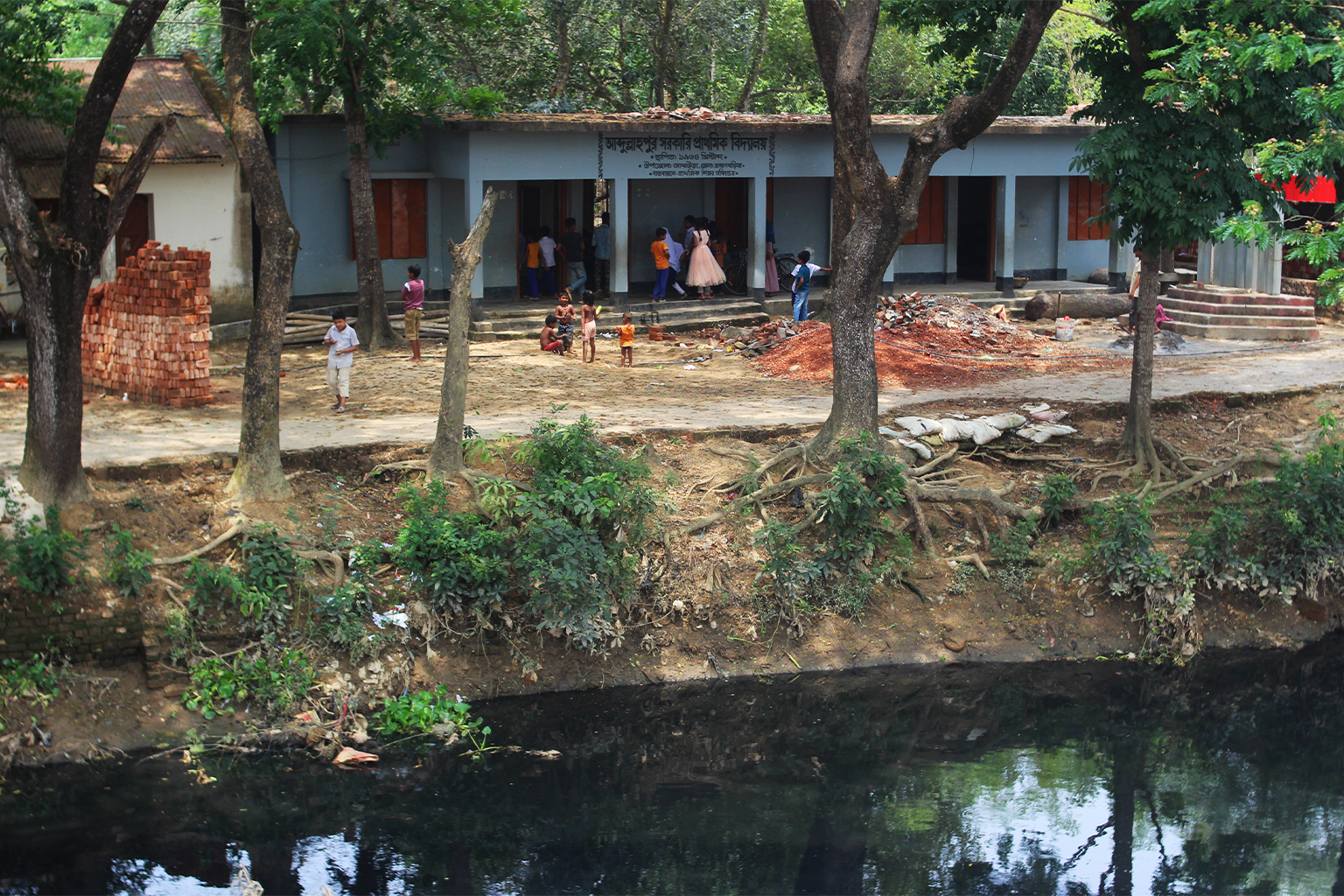
Impacts on agriculture, livestock and public health
The major land use type in the Akhaura area is agriculture, which covers more than 485 hectares (1200 acres). According to the local farmers, most agricultural land of Akhaura is two-crop based, where rice is the dominant crop.
The local farmers, lacking alternative water sources, are compelled to use the black canal water for irrigation, especially during the dry season between January and April.
Zahed Chowdhury, a 33-year-old farmer, cultivates boro and aush rice varieties on his 0.13-hectare (0.33-acre, or 33-decimal) land adjacent to the Katakhal in Abdullahpur village.
“Although the canal water is itchy [and causes skin issues to us], I prefer it for irrigation. Otherwise, I would have to collect costly water from a distant deep tube-well,” Zahed says.
Monu Miah, a 53-year-old farmer, echoes Zahed’s words. Monu, however, says that the canal water does not affect the harvest.
Like Monu, many local farmers hold the perception that the polluted water doesn’t affect the crops in a bad way.
Experts, though, warn about the use of polluted water for irrigation. Several years ago, hazardous chemicals like cadmium, sulfur, lead, manganese and chromium were found in the canal water in Akhaura.
According to biotechnology and genetic engineering experts, the use of polluted water in irrigation leads to the accumulation of toxic substances in the soil and crops.
Plants with a high bioaccumulation factor — the measure of a plant’s ability to accumulate a chemical or metallic substance compared to its concentration in the soil substrate — are more likely to absorb various chemicals and metals through their plant parts.

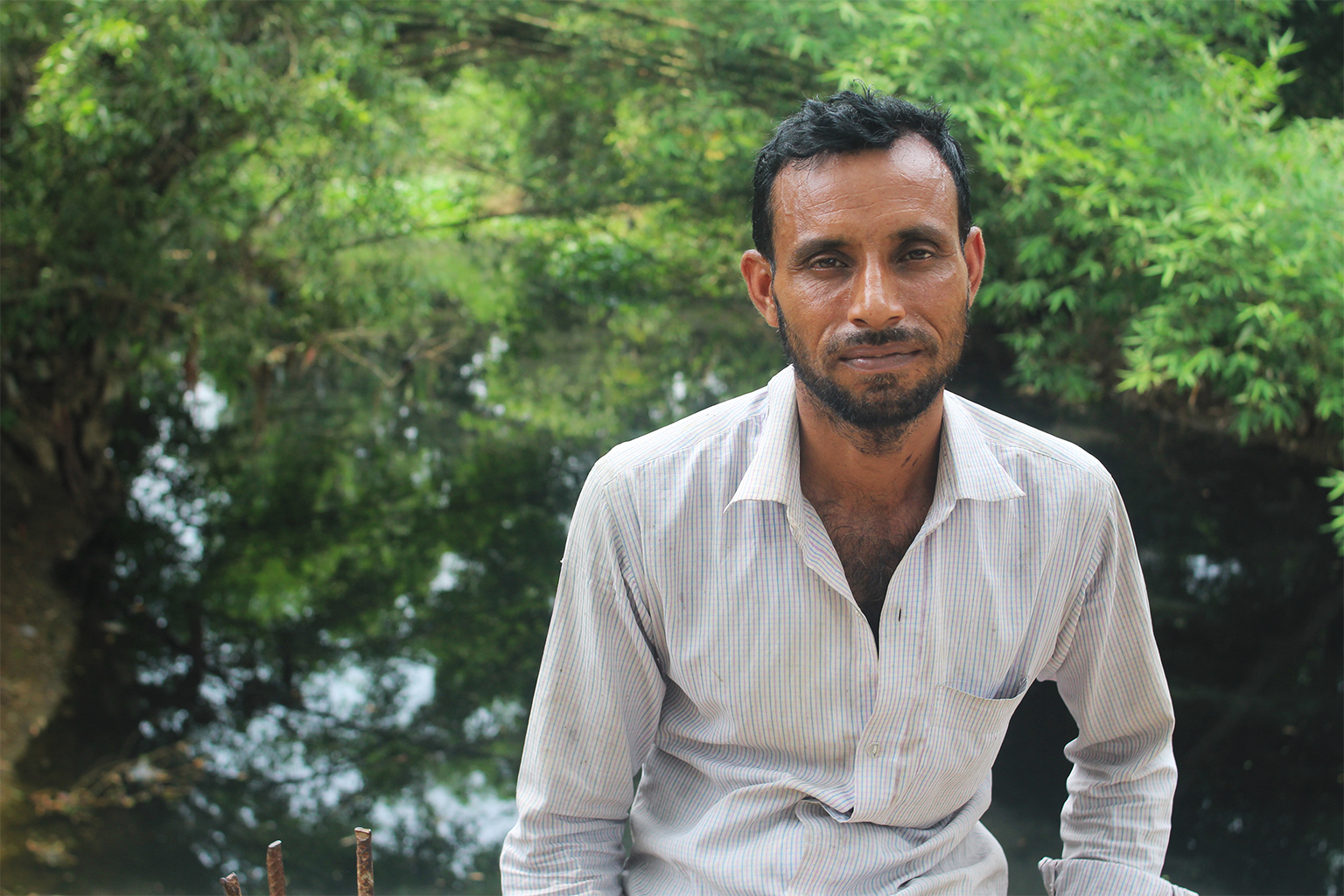
A 2021 study that focused on the Turag River in Dhaka revealed that irrigation with polluted water resulted in elevated levels of heavy metals in rice grains. The study warns about significant health risks to the consumers.
The study also revealed that the rice grown in water from borewells near an industrial zone was not safe either.
“People depending on the rice grown in Akhaura may be at risk of health hazards. It is essential to determine the extent of this risk by examining the canal water and the crops produced,” says Md Rezaul Karim, the study’s corresponding author and faculty member of the biotechnology and genetic engineering department of Jahangirnagar University in Dhaka.
Cattle herders in Akhaura also rely on water hyacinths from the canal to feed their livestock.
Mohammad Lokman, a cattle herder from Abdullahpur village, says, “These [water hyacinths] are the most available fodder for the cattle.”
Herders like Lokman have limited knowledge about the potential risks of feeding animals with water hyacinths growing here. These plants, thriving in the polluted waters, can accumulate toxic substances that would affect the health of the animals and, by extension, the people who consume their products.
Water hyacinths are known to absorb both micro and macro minerals. A 2019 study found that these plants can accumulate high concentrations of heavy metals if they are grown in sewage-contaminated water.
The study confirmed lead and zinc toxicity by analyzing plasma and milk samples from 20 heads of cattle in the affected area.
The continuous exposure to polluted water has already led to a rise in waterborne diseases among the local people of Akhaura.
“Every day, patients suffering from skin diseases visit the hospital from areas near the polluted canal,” says Himel Khan, Akhaura sub-district health and family planning officer. He adds that, although the patients are given medication, their illness doesn’t fully heal.
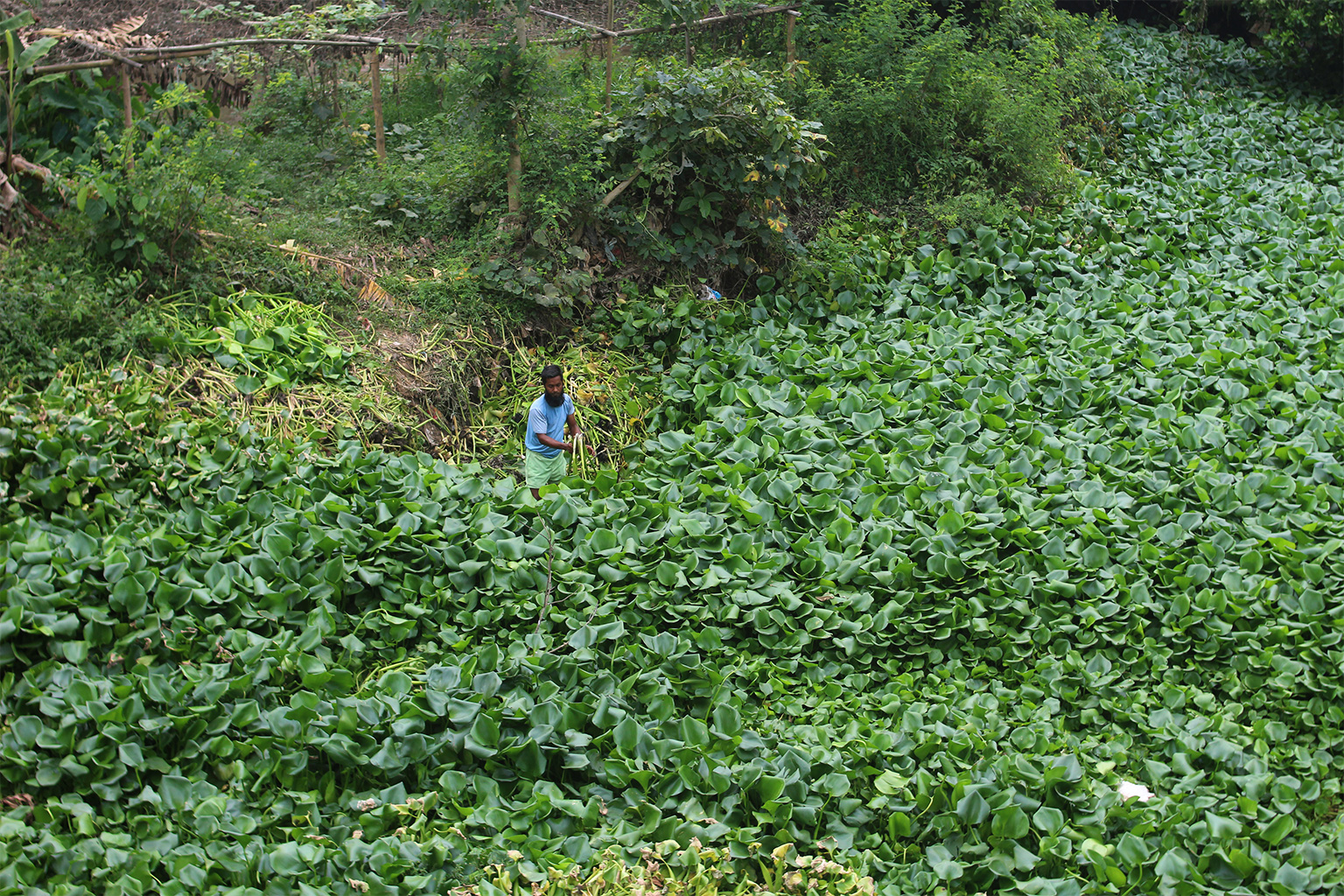
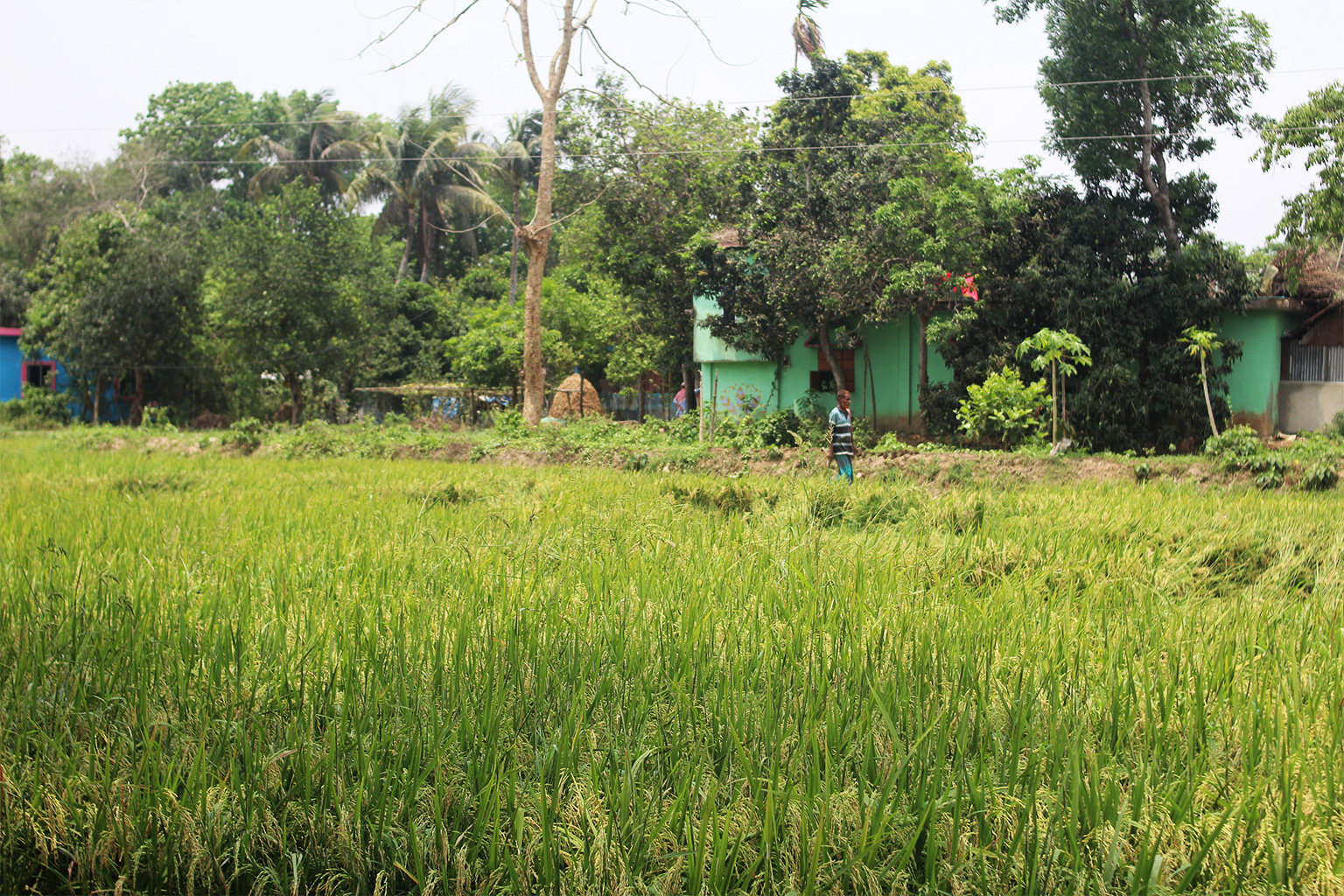
Cross-border environmental challenges
The issue of transboundary water pollution highlights the need for cooperative efforts between Bangladesh and India.
Bangladesh and India are among the signatories of the 1992 Rio Declaration. Principle 2 of the declaration proclaims that the signatories have a responsibility to ensure that activities within their jurisdiction do not harm the environment of other states or areas beyond national boundaries.
While infrastructure like the 8-MLD sewage treatment plant in Agartala represents a step forward, its ineffectiveness underscores the necessity for more action.
According to a Government of Tripura document , construction began on four sewage treatment plants in Agartala, with a combined capacity to treat 31.5 MLD of polluted water from the Katakhal and Kalapania canals. The two canals are linked to the Akhaura channel.
The construction of the sewage treatment plants should have been completed by end of March this year.
Syeda Rizwana Hasan, advisor to the Ministry of Water Resources of Bangladesh tells Mongabay, “We have been continuing the discussion with India to solve the crisis as per agreements, including the statute of Joint Rivers Commission between the countries.”
“Additionally, we are planning to set up a wastewater treatment plant in our part to reduce the risks of using polluted water until the cross-border problem is solved permanently,” she adds.
Banner image: Year-round, the Katakhal carries pitch-black water to the Akhaura locality. A fisher sets up his fishing net. Image by Sadiqur Rahman for Mongabay.
Climate change, human pressures push Bangladesh’s ‘national fish’ into decline
Citations:
Shawon, M. A. A., Sium, A., & Karim, M. R. (2021). Impact of Irrigation with Polluted River Water on the Accumulation of Toxic Metals in Soil and Crops in the Region of Dhaka, Bangladesh and Potential Effects on Health. Environmental Processes, 8, 219-237. doi:10.1007/s40710-020-00485-w
Kumar, P. S., & Srisai, S. (2019). Assessment of heavy metals in water hyacinth (Eichhornia crassipes) plants and its toxic effects on cattle. Journal of Pharmacognosy Phytochemistry. Retrieved from https://www.phytojournal.com/archives/2019/vol8issue5/PartAR/8-5-286-942.pdf



